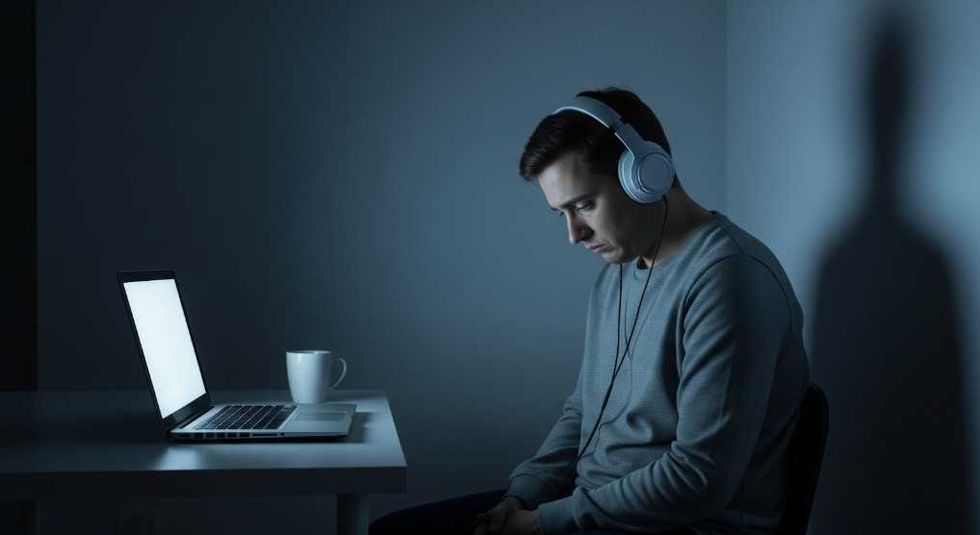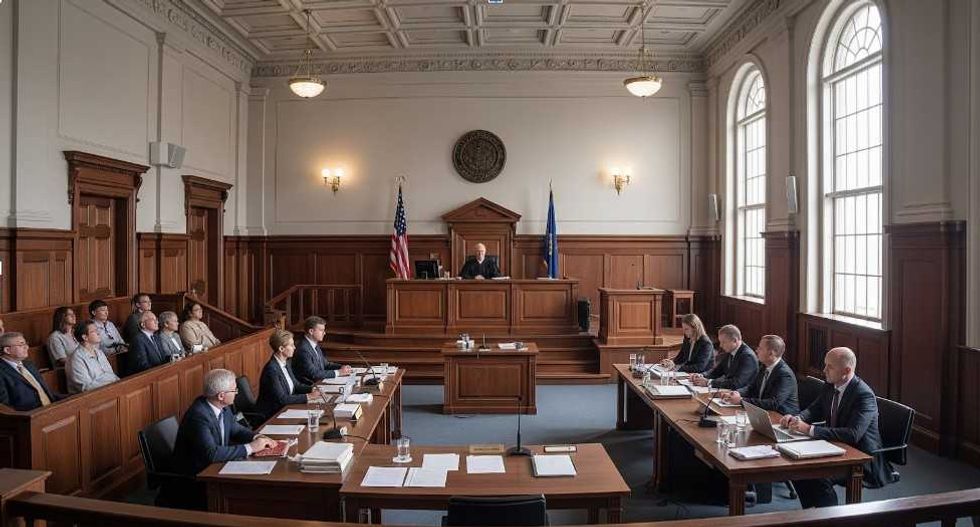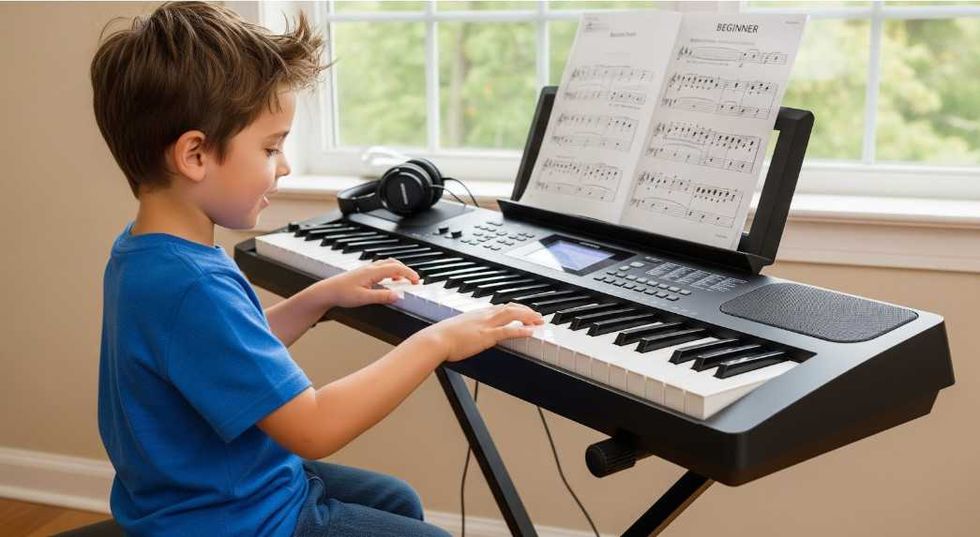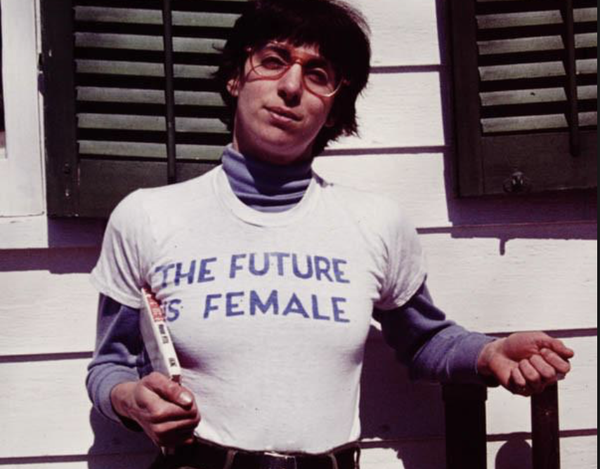Last week, I wrote an article discussing all of the fun and amazing experiences I had with my crazy (and wonderful) friends on Birthright. Now I want to talk a little bit about the more serious side of the experience, and just a bit of what I saw when I was in Israel. Now, this article is completely based on my own personal experiences; I’m not trying to speak as though I’m an expert on all things Israel-Palestine, and I’m absolutely not speaking for anyone else that I met while in Israel, nor am I speaking for anyone in Gaza, the West Bank, or any of the other places I discuss here. This is just what I saw and experienced, and how it affected my outlook on the Middle East and everything we hear back here in the US.
One of the first things I saw as I was travelling from Ben Gurion Airport in Tel Aviv to Kibbutz Afik in the Golan was the Wall. At first I didn’t even know what it was. In some places, it’s just a simple fence, and in others, it’s a 10 foot tall concrete wall. When I asked one of the Israelis I’d just met what is was, and they just responded “that’s the wall,” because it was just an everyday part of their experience living in Israel. Not only is there a physical divide separating Palestinians and Israelis, but I noticed a significant economic difference between one side of the fence and the other. On the Israeli side, there’s a ton of skyscrapers, technological innovation, and development that I just didn’t see in the few glimpses I had into Palestinian territory.
One of our first stops on our trip was Har Bental, a former bomb shelter which is now staffed by U.N. peacekeepers on the Israel/Syria border. While we were talking about the horrors of the Syrian war, we asked our guide, Yonatan, if there was anything that Israel could do. He told us that if Israel were to get involved, even in providing much needed humanitarian aid, that it would probably provoke the conflict even further. He told us that one of the accusations each side in the war is making is that the opposition is receiving aid from Israel, and that Israeli involvement would likely make the conflict much bloodier and longer. Then, out of nowhere, we heard a noise and saw a cloud of dust and smoke stir across the border, a little outside of the closest Syrian city. We realized that we’d just seen a bomb go off. For many of us this was the closest we’d ever come to experiencing a conflict like this, and it was the first serious moment we had on the trip.
An hour later, when we went rafting on the Jordan River in the Golan, there were tons of people sitting on the banks, enjoying the beautiful weather. There were kids and adults, Israeli Jews and Arabs alike playing in the river, splashing us as we went by. About halfway down, there was a little boy, about 10 or 11 years old, standing in the middle of the river. Our raft was heading straight towards him, and he just stood there, fists clenched, waiting for us. I’ll never forget the look in his eyes: it was one of pure hatred. This little kid, who I’d never met, was glaring at me as though I, this random American college kid, was his enemy. True, he might have just been a tough little kid trying to prove himself, but something inside me says otherwise.
One of the last stops on our trip was to Sderot, an Israeli town only a couple of miles away from the Gaza Strip. Our only stop there (other than lunch) was to the indoor playground there, built by the JNF. What made this playground unique was that it also functioned as a bomb shelter. The soccer room has Velcro padding over the walls to keep the ball inbounds because the doors have to stay open in case of a siren. The rock climbing wall is horizontal, instead of vertical, so that kids can easily jump off to run to a sheltered area in case of a bomb. The walls are so strong that they can withstand just about anything short of a direct hit. We were told that in Sderot, the magic number is 15: the number of seconds between when the siren first goes off and when the bomb hits. The playground was created because around 80% of children in Sderot have PTSD from their experiences living so close to the border, particularly after Operation Protective Edge. Yet the director of the playground remains hopeful: his dream is that one day, kids from the Gaza Strip will be able to come to Sderot, and play in the playground with the Israeli children.
One of the amazing things about our trip with Shorashim was that unlike most Birthright groups, the Israeli soldiers on our trip were there for all ten days, rather than five. This gave us the opportunity to become close with some amazing people that we wouldn’t have met otherwise. By the time we came to our last stop at Mount Hertzl military cemetery, we felt like we knew these soldiers pretty well, and considered them our friends. There, we saw a different side of the soldiers we knew as care-free, fun-loving people. They opened up to us about friends they knew, and relatives they’d lost as a result of the conflicts Israel has been a part of. They told us stories about how their communities were affected by the ongoing conflict. Some of those killed had been soldiers, but others were just innocent civilians, simply in the wrong place at the wrong time. When the Israelis were asked to stand if they had a friend or acquaintance that was hurt or killed as a result of the conflict between Israel and Palestine, 9 out of 10 stood up. People that we’d only seen laughing and joking around for the past ten days were suddenly in tears, standing next to the graves of loved ones and strangers.
Before I left for Birthright, my academic adviser warned me that I should be careful not to get too swept up in the narrative they were telling. After returning, and being back in the States for a while, I can safely say that my adviser was wrong. Throughout the trip, we had a lot of discussions, some prompted and some on our own, about what we saw. I was surprised and pleased to learn that I wasn’t the only one in our group who held my political views. Many of the Israelis said that they disagreed with Benjamin Netanyahu, settlement in the West Bank, and a number of issues I feel strongly about. We opened up a dialogue about what it means to be Jewish, both in the diaspora and in Israel, and how our lives were shaped by our experiences. Not once did I hear anyone say anything negative about Palestinians or Arabs as a group. I never heard anything like “Israelis have it so much harder than Palestinians,” and quite often I heard the exact opposite.
So what did I take away from this trip, other than the amazing friends and stories I talked about last week? I learned something that I could have never learned on my own, or in the United States. No matter what we say here in the United States, this conflict is REAL. I don’t mean “real” in the sense that yes, there’s something serious going on (because, let’s face it, we all know that.) What I mean is that this is a daily experience for everyone living on both sides of the border. Things that we take for granted here in the United States, are daily gifts over there. After what happened in Tel Aviv a few days ago, that statement feels truer now than it ever did before. No matter what our political beliefs are, we have to acknowledge that on both sides of the border, these are real people, with names and faces. It is our job to hear their stories, and remember.





















